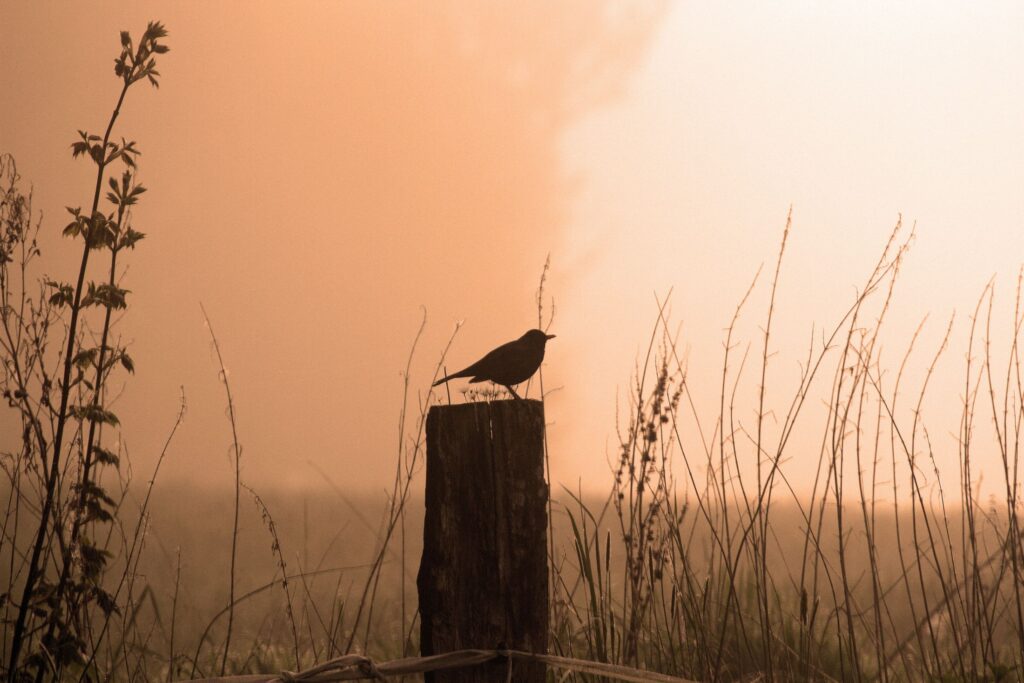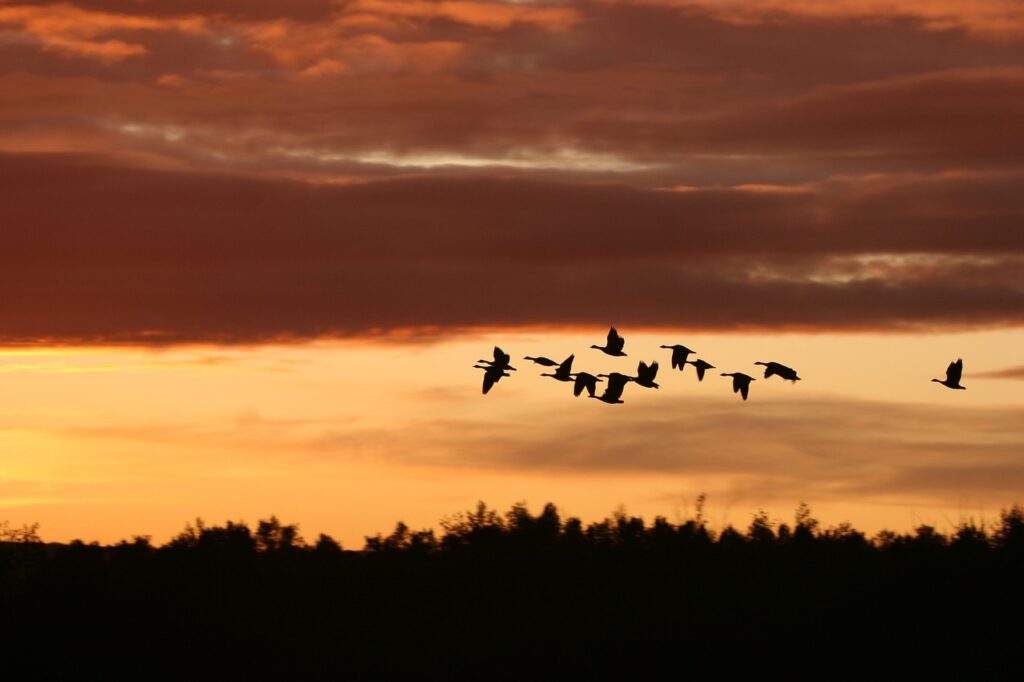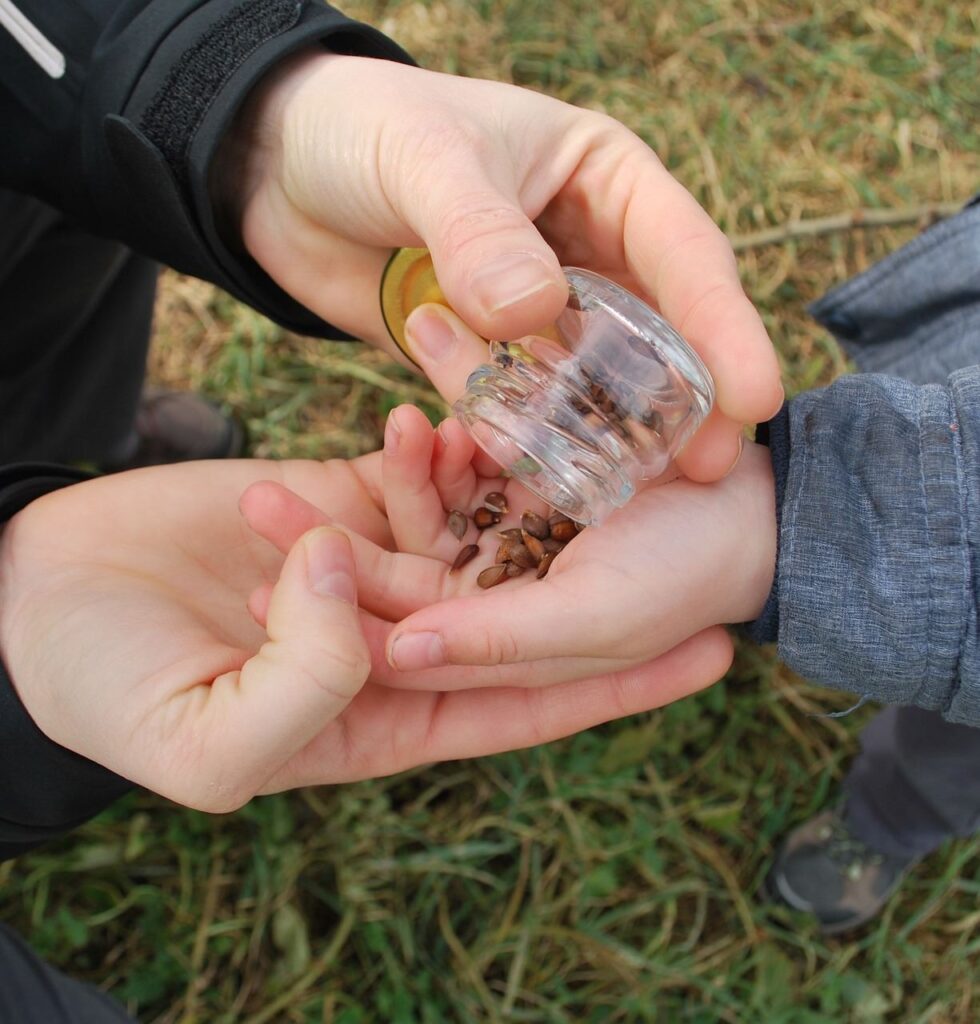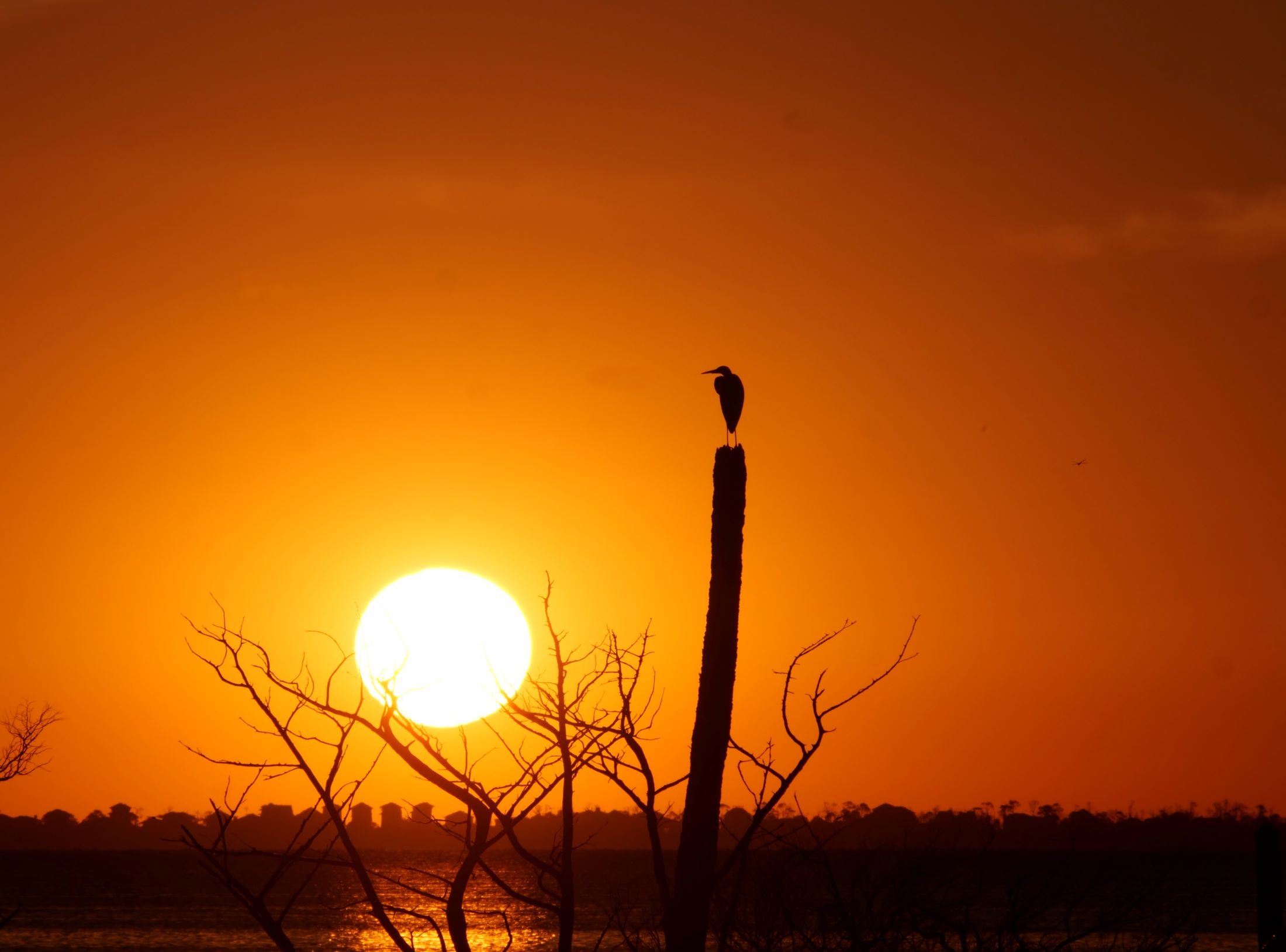The global temperature is rising, with nineteen of the 20 warmest years in the 20th century occurring in just the past 22 years. This phenomenon, a byproduct of climate change, is caused by many things, mostly manmade: burning fossil fuels, manufacturing emissions, deforestation, and the list goes on. This global warming affects everything from the weather to increased flooding and droughts to crops and our water supply. It also affects our wild birds. Here’s how climate change is changing birds, and what we can do about it.
Some Startling Statistics

- Since 1981, Earth’s temperature has risen at a rate twice as fast (.32° F) per decade than previously.
- The last eight years have been the hottest on record globally.
- Due to warmer temperatures, the US sea level is expected to rise up to 6.6 feet by 2100.
- One-third of the animal and plant species on Earth might face extinction by 2050 if global warming continues.
- Two-thirds of North American birds risk extinction if the temperature continues to rise.
How Birds Handle the Heat of Climate Change

Birds are adaptable to their environment. But the effects of climate change may be too great an ask for them. The rising temperatures are changing their behavior, where they migrate and when, their egg laying habits, and much more.
Their bodies are shrinking
Multiple studies have uncovered the same surprising finding: in the past few decades, many birds are shrinking due to hotter temperatures. From the Amazon across the world to Pennsylvania, birds have been studied to find that some have a reduction in average weight. Though researchers are still puzzling out exactly why this is happening, some scientists point to the simple fact that warm-blooded animals are smaller in warmer climates. And since smaller birds are better able to adapt to warmer climates, its likely that these birds have adapted to survive.
They’re flying north to beat the heat
Recent data suggests that many North American birds are moving north and east in an attempt to escape the heat. Over 70 bird species—from woodpeckers and hawks to Green Jays—are moving out of their natural habitats and searching for breeding grounds that are less scorching. Migratory birds are also affected: they’re leaving a few days earlier and flying farther north for their migrations.
Droughts and fires are destroying their habitats

As the climate heats up, we’re experiencing more severe droughts, intense storms, and frequent wildfires. This means more natural bird and wildlife habitats are being destroyed—and at a faster rate than normal. Birds like the Greater Sage-Grouse are losing up to 94% of their habitat to climate change-related weather. And long droughts coupled with the warmer weather have created the perfect condition for the West Nile virus to spread across the US, making birds more susceptible to this mosquito-spread illness.
Many will be forced to flee their homes—or risk dying
As the Earth continues its warming trend caused by human impact, birds will continue to be forced to find new homes. But what happens when there’s nowhere to fly? The National Audubon Society has studied over 600 North American birds and where they currently live, and applied different temperature scenarios—current, +1.5°C, +2°C, and +3°C—to see how they affect wild birds. The result? The higher warming scenarios puts more than 150 bird species at risk of extinction.
Want to see how climate change could affect your local birds? Check out the National Audubon Society’s Bird and Climate Visualizer.
How We Can Help the Birds

Create a green space where birds can thrive
Whether its acres of land or a small patch of patio, you can do a lot to create a wild bird sanctuary in your garden or yard. And with just a few ticks of a checklist, you can even turn your yard into a certified wildlife habitat.
Do what you can to limit other risks to our wild birds
Other risks to our bird population include outdoor cats, window strikes, and scarce food sources. Do what you can to help the birds in your area thrive. Hang one or more bird feeders year-round as supplemental food sources. Provide water for bathing and drinking in the form of a bird bath, fountain, or pond. Keep your pet cat indoors so they don’t predate on the local bird population. And add decals to your windows and shut off indoor lights when not in use to prevent birds from striking your windows.
Reduce your family’s carbon footprint

While the threat of climate change can be daunting, there are steps you can take in your daily life to help. Reduce your carbon footprint by buying local, thereby reducing the amount of carbon emissions from cross-country trucks delivering goods. Carpool to work and school when you can for the same reason. Use less disposable and more sustainable products. Turn off lights in your home when they’re not in use. And teach your children to be good stewards of the earth.
At Chirp, we take our connection with, and responsibility for, the environment seriously. Read our Sustainability Credo to find out more.
More Resources on Wild Birds and the Environment

- How You Can Help the Declining Bird Population
- How to Help Birds Survive Wildfires: FAQs and Tips
- How Weather Affects Birds
- Other Extinction Trends and How They Affect Birds
- Regenerative Wild Bird Habitats: Why Needed and How to Help
- What is Rewilding and Why Is It Important?
- Mass Bird Collisions: Why They Happen and How to Stop Them


